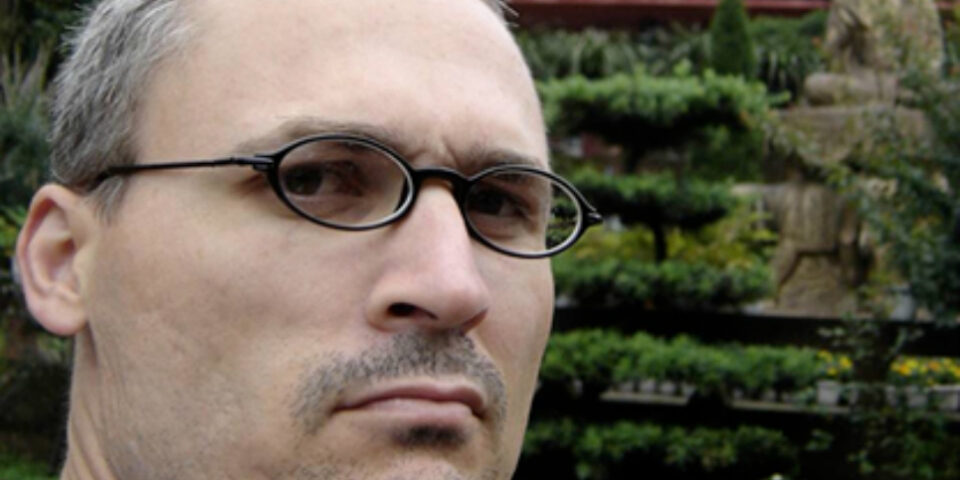I grew up in Utah. Eagle Scout. Two-year mission. Temple marriage (ongoing). In addition to the wards I saw as a missionary, I’ve been embedded in wards in New York City, California, Wisconsin, Georgia, Tennessee and even a couple different wards in India (India has been the site of my academic work). I’ve been a ward clerk for three different bishops, and I’ve watched the inner workings of several different configurations of bishoprics around them.
The grand ideas of Mormonism have a strong hold on my imagination. Our divine potential, the eternal family, a mother beside a father in heaven, and the mutability of them both, and the unique characterization of learning as the character of God—a fundamental part of Mormonism’s history, if not its present—are ideas that appeal to me, aesthetically.
I’m also drawn to the idea of a “living church”. An institution that sees God’s mutability as its model acknowledges its own history as part of an ongoing process of becoming, yearly, more like God’s vision—as opposed to thinking of itself as perfectly formed in a historical moment that must determine for the sake of its own credibility all that the institution’s future can be. A “living church” anticipates with joy the kind of change that proves that the immediate moment is not yet the fulfillment of gospel promise.
Besides inhibiting the ‘livingness’ of the church, the exclusion of women from bishoprics sustains ongoing, systemic exploitation of women that goes unrecognized as such by exclusively male administrators. The institution that ostends the authority of maleness affirms as vision the blindness that comes from patriarchal bias.
I believe women should be ordained.






